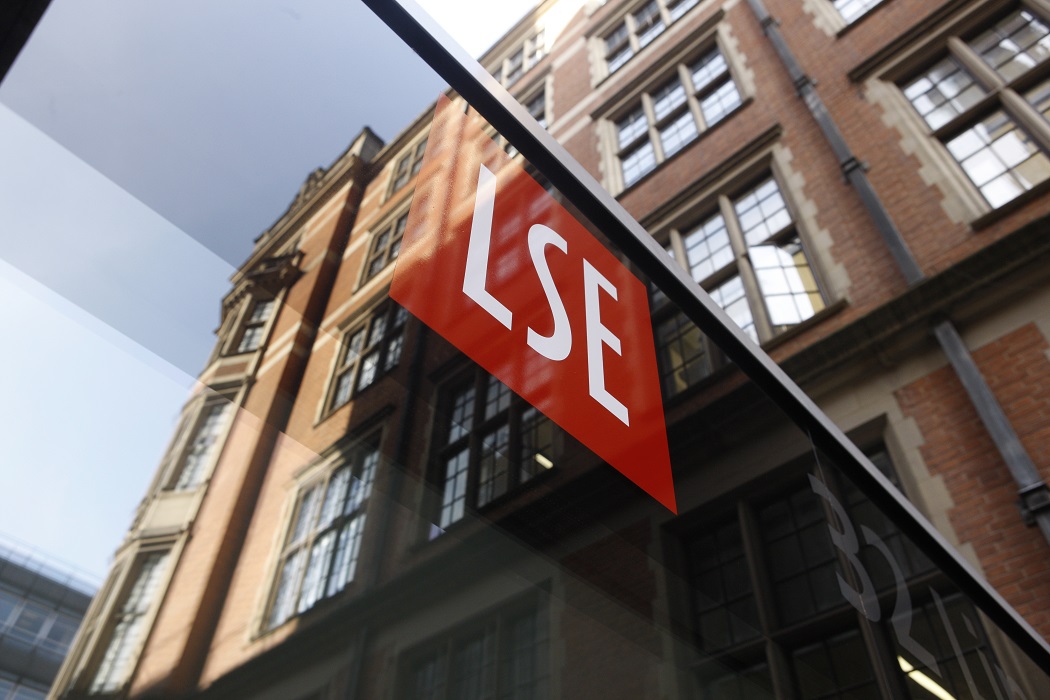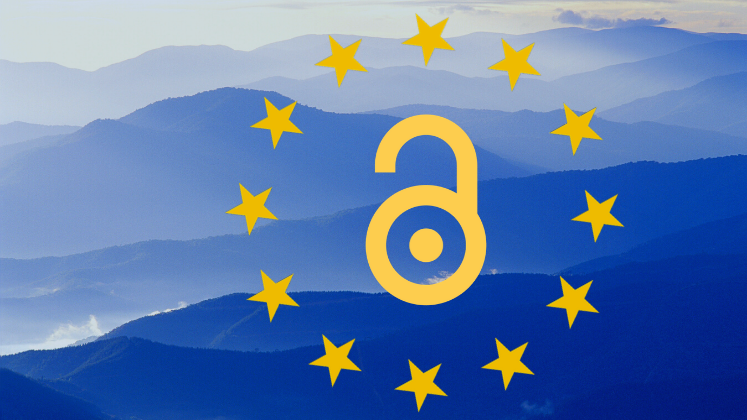Ernesto Priego sets the open access movement in context, outlining the key initiatives and policies that have emerged over the years. There are still many questions, fears and confusion in humanities and social science communities that have yet to be addressed. Open Access advocates need to continue to collectively work towards a positive transformation in academic culture, one where open availability of online scholarship is not considered a liability but a desirable asset.
Open access refers to the free access to and reuse of scholarly works. Peter Suber, who was the principal drafter of the Budapest Open Access Initiative (February 2002), and authored the book titled Open Access (2012), defines it as academic literature which is “digital, online, free of charge, and free of most copyright and licensing restrictions.”. Creative Commons remains the leading organisation in the development of open licenses that provide a social and legal framework to works that are openly available. Being digital, online and free of charge, open access scholarly outputs require open licenses that ensure their reuse within specific parameters determined by the licensor.
It was also in June 2012, ten years after the Budapest meeting, that the report from the National Working Group on Expanding Access to Published Research Findings (led by Dame Janet Finch CBE) published their report, titled ‘Accessibility, sustainability, excellence: how to expand access to research publications‘ [PDF]. The report made recommendations to improve open access to academic works from the UK, and the Government announced on 16 July 2012 that it had accepted the recommendations looking to the Funding Councils and Research Councils to further develop their existing policies, some of which had been in place since 2005.

It is no coincidence that the Government’s response to the Finch Report was issued at the same time as their Open Data White Paper, which led to the establishment of a Research Transparency Board in order to develop policies to increase public access to research data. Like the Open Access ‘movement’ itself, most of these proposals originated from a conception of research that identifies it with ‘science’, but not necessarily to the arts, humanities and social sciences (e.g. the Royal Society’s Science as an Open Enterprise report).
A series of Open Access policies have followed these events, such as Research Councils UK’s Open Access policy (announced 16 July 2012), coming into effect for all research articles submitted for funding from 1 April 2013. The Higher Education Funding Councils (HEFCE) also got their gears in motion for developing proposals to ensure that research works submitted to the Research Excellence Framework (REF) or similar assessment exercise after 2014 are as widely accessible as possible; initiating a consultation with their partners in research funding and other interested parties. The European Union Commission also published new policies [PDF] both for open access to publications and for access to research data resulting from projects funded under Horizon 2020 (coming into effect in 2014).
This series of announcements and policies have created a great deal of anxiety and confusion amongst researchers. The Finch Report suddenly shook several sectors of academia that had not considered open access publishing before, or that work in fields where ‘data’ is a foreign language, or where the traditionally accepted outputs are not necessarily journal articles but monographs. It is possible that for many researchers in the arts, humanities and social sciences the notion of sharing research outputs openly through Creative Commons licenses was unheard of. In the UK, the editors of 21 history journals, for example, issued an open statement in December last year opposing to using so-called ‘free culture’ licenses, stating they would only use CC BY NC ND (Creative Commons Non-commercial Non-derivative) licences only, and explaining that in their opinion less restrictive licenses meant that “commercial re-use, plagiarism, and republication of an author’s work will be possible”.
A similar opinion was expressed by six academics in the letters page of the London Review Books (24 January 2013), stating that the use of Creative Commons Attribution licenses “would seriously undermine the integrity of the work scholars produce,” suggesting that more permissive open licenses that allow reuse of research outputs are a threat to “academic freedom, the international standing of UK scholarship and intellectual property rights.”
There are still many questions, fears and interests of all sorts defining the current debate around open access outside STEM fields. Funding allocation works differently across fields, and in spite of recent policies for many scholars funding to publish in ‘Gold’ Open Access publications that rely on Article Processing Charges remains a distant dream. In combination to varying degrees of confusion about copyright and the perceived dangers of openness, we are far from seeing a general consensus on how academics should embrace the values of Open Access.
Some academics feel they are being ‘bullied’ into Open Access, forced to share outputs through methods they feel might jeopardise their career prospects. Perhaps this is the most important case that Open Access advocates need to make: the urgent transformation of the traditional systems of assessment and promotion, that were defined in times in which transparency, openness, wider access and nearly-instant dissemination channels did not exist. These are strange times indeed when some junior academics feel they need to fight for what they perceive as their right not to publish open access (even sometimes when they’ve been funded by the taxpayer or by funders with Open Access policies). It is my personal belief that Open Access advocates are fighting for the right of others to access research that had traditionally been paywalled from the general public, and for the right of scholars at all career stages to ensure their work has more prospects of getting disseminated and eventually, luckily, more widely read, cited and ‘reused’.
Those of us who believe that Open Access is about ensuring wider and fairer dissemination and construction of knowledge, across borders and without paywalls for those who should most benefit from it (learners and readers, regardless of who or where they might be) need also to work harder at empowering graduate students and Early Career Researchers to opt for Open Access publication platforms by collectively working towards a positive transformation in academic culture, one where open availability of online scholarship is not considered a liability but a desirable asset.
As promised, in February 2013 HEFCE made a call for advice on developing the four UK funding bodies’ joint policy on open access in the post-2014 REF, and on 24 July 2013 they followed it up by launching an online consultation inviting “responses from higher education institutions and other groups, organisations and individuals with an interest in scholarly publishing and research”. (Read the consultation here). This is an opportunity for the UK academic community to exercise their right to have their say—before it is definitely too late.
This article gives the views of the author, and not the position of his employers or colleagues.
This was originally published on ORG Zine: the Digital Rights magazine on August 7, 2013 and is reposted with permission.
Note: This article gives the views of the author, and not the position of the Impact of Social Science blog, nor of the London School of Economics. Please review our Comments Policy if you have any concerns on posting a comment below.
Ernesto Priego is a Lecturer in Library Science at the Centre for Information Science at City University London. He did his PhD in Information Studies at University College London.








Priego says
That is either unfamiliarity with or misunderstanding of the movement’s origins, as Peter Suber’s “Timeline of the Open Access Movement” shows.
Core ideas of copyleft, i.e. deliberately not reserving all rights, go back decades in various non-scientific sources, e.g. Gandhi’s writings, and early Internet culture. They were formalized by renegade programmer Richard Stallman with the GNU software licenses, and then expanded upon by Creative Commons, led by legal scholars and publishers such as Lawrence Lessig.
Many open access journals and publishing projects have existed in the humanities & social sciences since the early days of the Web in the ’90s. The Budapest Open Access Initiative was led by a philosophy scholar (Suber) and psychologist (Harnad), most signatories were not from the sciences, and the declaration itself explicitly includes non-science scholarship.
Why does this matter? In my view, a major challenge to the Open Access movement is that in the last ten years it’s been increasingly captured by a faction, which after Suber’s usage I’ll call the “libre OA” view, with a restrictive interpretation of the appropriate principles and policies, and often intolerance of or disengagement from alternate views.
This side of the movement, based mostly on the science and free-culture fields (e.g. OKFN) is focused on unlimited reuse rights with no commercial/non-commercial distinction, and on the political, context-specific argument that results of ‘publicly-funded’ research should be made ‘public.’
In my view, Priego’s post demonstrates this restrictive and non-engaging view of Open Access, by presenting alternate, HSS-based views as “anxiety and confusion,” “sectors of academia that had not considered open access publishing before,” and presenting views e.g. from the history journal editors as if self-evidently invalid.
In fact, I’d say that the pattern of dismissing alternate views as ignorance or confusion, which I’ve long observed in “libre OA” advocates and note in Priego’s post, is so recurring as to constitute a type of intellectual bullying, and at odds with the scholarly and open-knowledge principles fundamental to the open access movement.
Turning this to matters of policy, while Priego champions Creative Commons licenses, here and in the
Jisc Guide to Creative Commons for Humanities and Social Science Monograph Authors what I observe is great deal of dissension from existing CC models. For example:
1) some major scholarly publishers do not find available CC licenses appropriate for needs, so are proposing patched/extended (CC+) licenses: see Open Access & Creative Licensing presentation by Elsevier’s General Counsel, Mark Seeley, at STM meeting in January.
2) A consistent, strong various preference for non-commercial license terms has been shown in large-scale polling by Creative Commons, Taylor & Francis, and Jisc/OAPENUK.
3) Open Access scholar Heather Morrison has written extensively on how CC licenses in general, or CC-BY specifically, may not fulfill Open Access principles.
4) the US umbrella digital-library program, Digital Public Library of America is exploring a
Library License for library/non-profit-specific, time-limited licensing of works, entirely separate from Creative Commons.
I agree with Priego that we should work toward open access in humanities & social sciences, and wider & fairer construction & dissemination of knowledge. However, I believe we need to better understand, respect, and engage with the diverse sources of and communities involved in open access, in an ‘open’ way, get past the persistent “us vs. them” rhetoric, and acknowledge that there are multiple valid viewpoints on and paths to open access goals.
—
Tim McCormick
@tmccormick tjm.org Palo Alto, California
Thanks Ernesto, for this article. For the record, the Department of Romance Languages at the University of Oregon unanimously adopted an OA mandate in 2009. I think we are the only Humanities Department in the world to do so (we were at least in 2009).
http://rl.uoregon.edu/files/Open%20Access%20Mandate.pdf